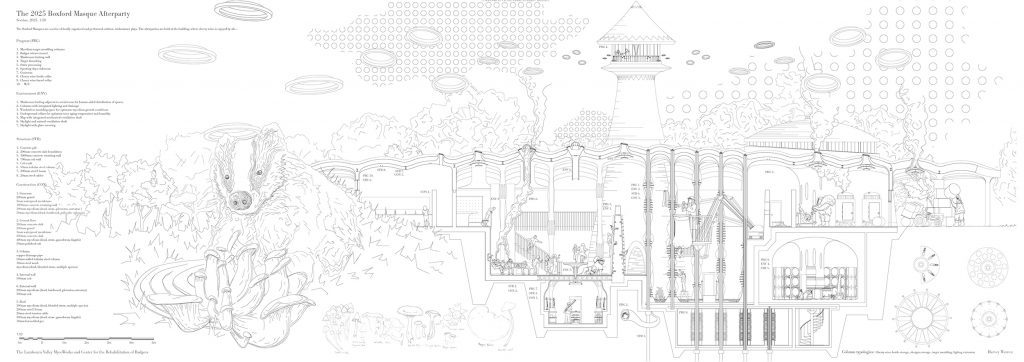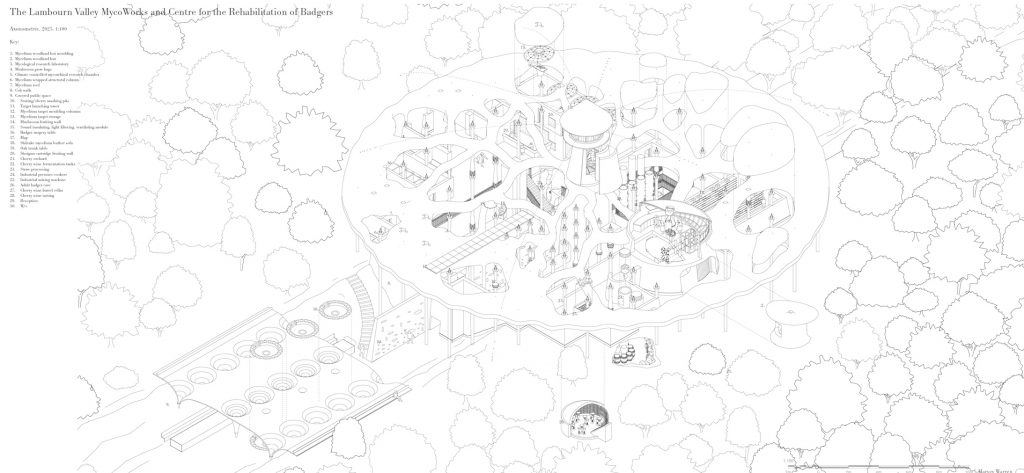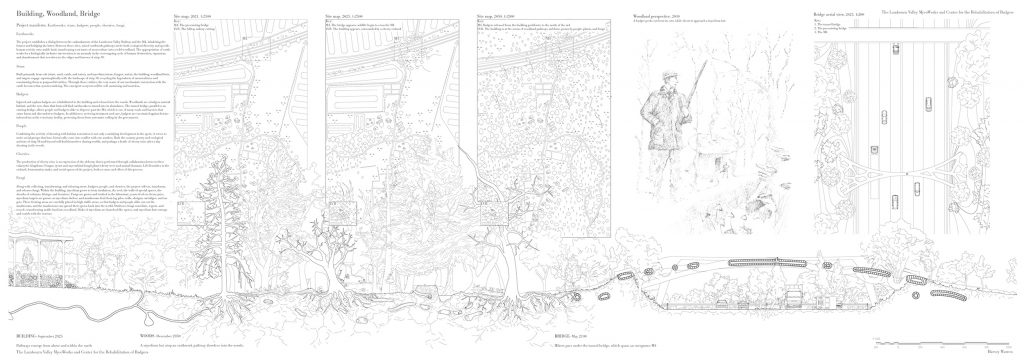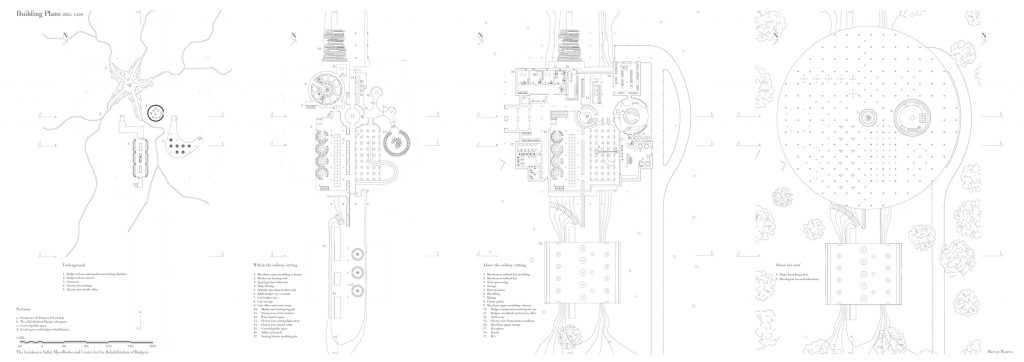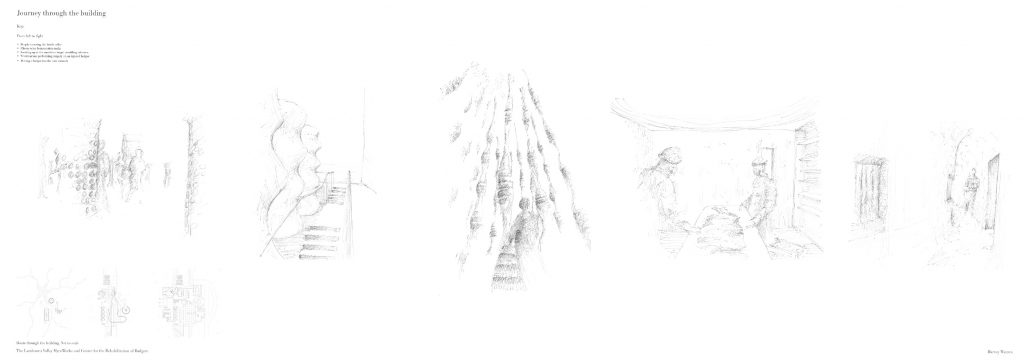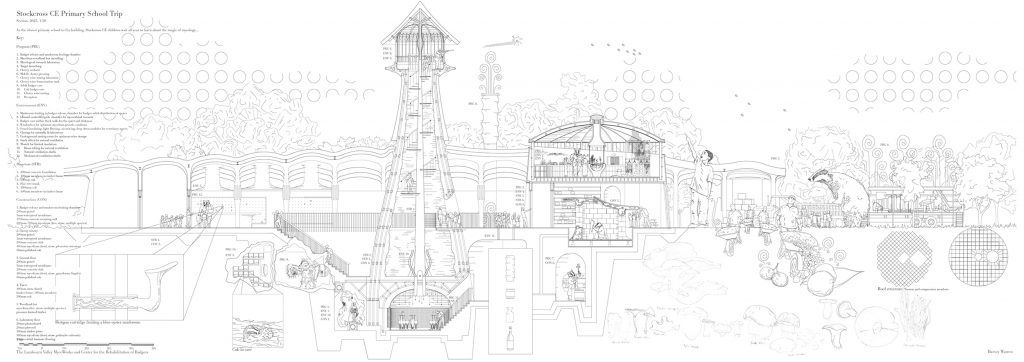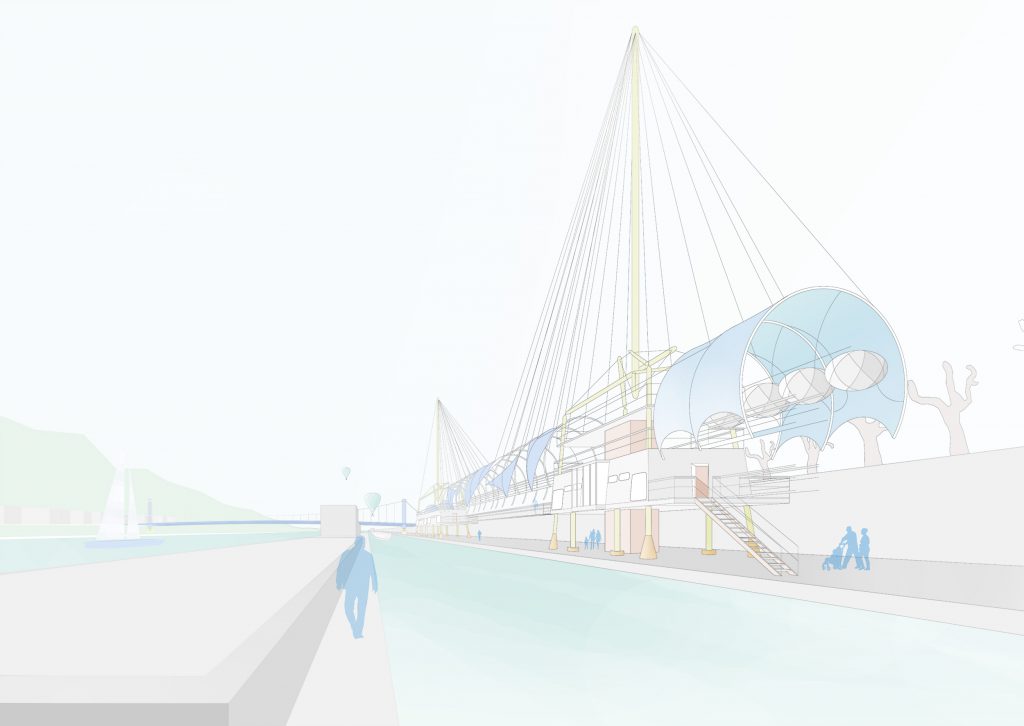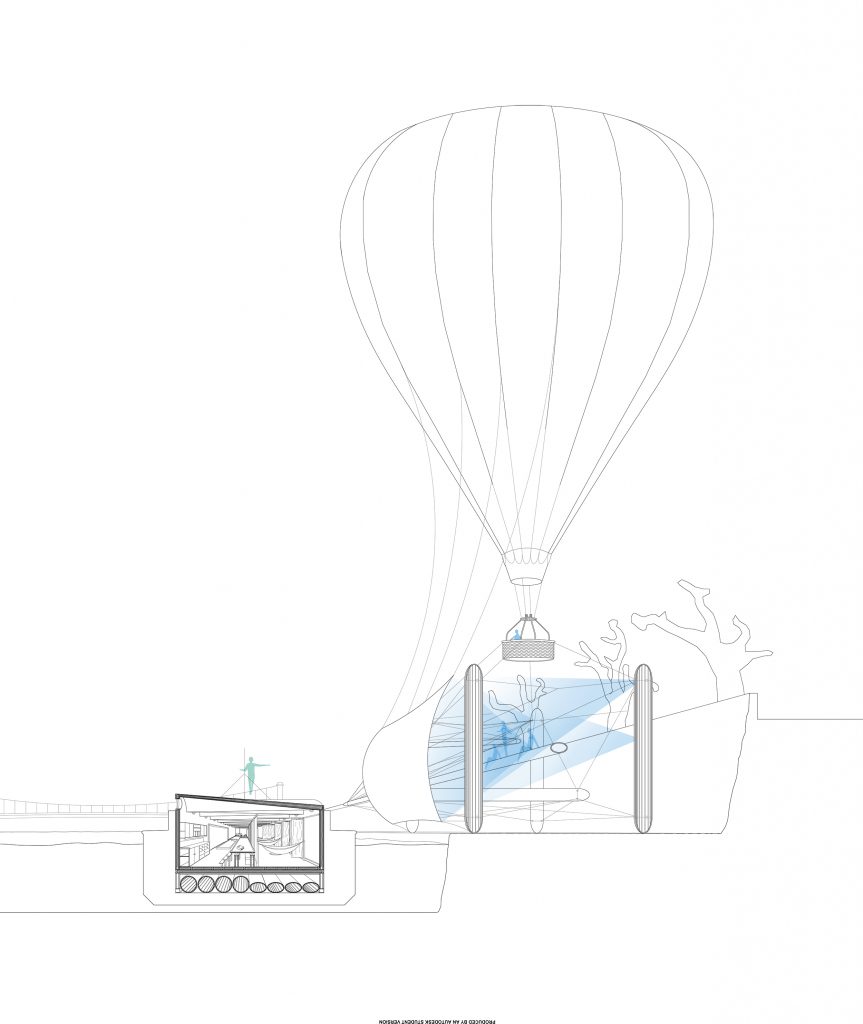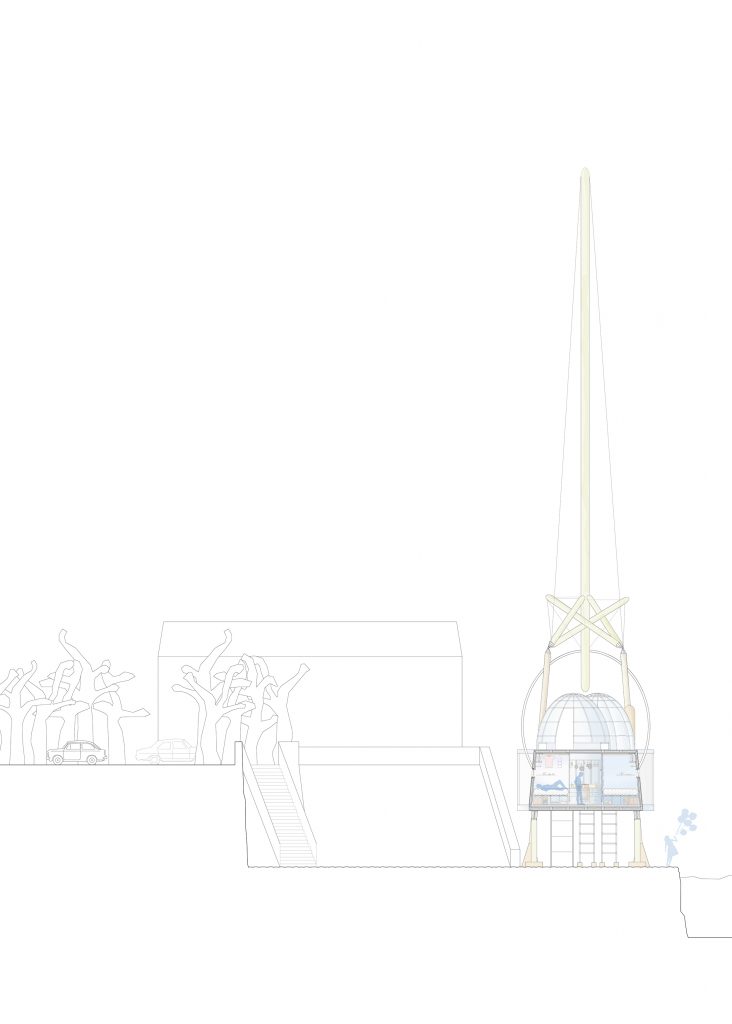Harvey warren
The Lambourn Valley MycoWorks and Centre for the Rehabilitation of Badgers
The project aims to make pathways for diverse life to flourish the in Berkshire countryside. This happens by drawing people, straw, badgers, cherries, and fungi in under a single roof, where they are transformed through collaboration, and released into the world. The resulting, entangled processes are woodland growth, badger care and release, sporting target shooting, cherry winemaking, mycelial molding, fungal research, mycoremediation, and social bonding.
Mycelial molding has presented an alternative to the energy-intensive, polluting, airborne targets used in sporting target shooting. Straw/mycelium composite targets, which I made myself, are designed to regrow woodlands on present-day arable land, littering the soil with mycelium, straw, and seeds instead of pitch and talc.
The architecture is both a reflection and manifestation of fungi, earth, straw, trees, badgers, and people. Materials used are cob (straw, dirt, sand, water), mycelium (fungi, straw), thatch (straw), and timber. The building tunnels underground are covered and supported by a draping mycelium roof and forest of mycelium-clad columns and is punctuated by special, fungal-inspired objects and spaces.
Earthworks are another driver of the architecture, being culturally rich in the area, and related to the diverse earthbound lives of badgers, fungi, trees, and shooting waste. The building sits inside a disused Lambourn Valley Railway cutting and connects by earthwork pathways to the earthen embankments of the M4, which is spanned by a tunnel bridge for badgers.
The project aims to make pathways for diverse life to flourish the in Berkshire countryside. This happens by drawing people, straw, badgers, cherries, and fungi in under a single roof, where they are transformed through collaboration, and released into the world. The resulting, entangled processes are woodland growth, badger care and release, sporting target shooting, cherry winemaking, mycelial molding, fungal research, mycoremediation, and social bonding.
Mycelial molding has presented an alternative to the energy-intensive, polluting, airborne targets used in sporting target shooting. Straw/mycelium composite targets, which I made myself, are designed to regrow woodlands on present-day arable land, littering the soil with mycelium, straw, and seeds instead of pitch and talc.
The architecture is both a reflection and manifestation of fungi, earth, straw, trees, badgers, and people. Materials used are cob (straw, dirt, sand, water), mycelium (fungi, straw), thatch (straw), and timber. The building tunnels underground are covered and supported by a draping mycelium roof and forest of mycelium-clad columns and is punctuated by special, fungal-inspired objects and spaces.
Earthworks are another driver of the architecture, being culturally rich in the area, and related to the diverse earthbound lives of badgers, fungi, trees, and shooting waste. The building sits inside a disused Lambourn Valley Railway cutting and connects by earthwork pathways to the earthen embankments of the M4, which is spanned by a tunnel bridge for badgers.
Le Cirque Flottant. The Floating Circus
The project, which is set on and along the French Rhone, aims to create a demountable high-wire performance space. Key structures include a circus canal boat, a tensegrity towpath- seating structure, and towpath performance and living space for circus performers.
Adapting the ideas of traditional circus design, technology, and lighter-than-air flight, referenced in the Circus Roncalli, I developed the aforementioned structures. The towpath location is the closest to Annonay, the birthplace of the hot-air balloon. The result of these influences is an architecture floating somewhere between the water and sky.
The 7m wide, 200m long, semi-permanent performance/living space hosts a gym and spa, and resembles a zeppelin barely touching the ground. The skyward supporting tensegrity columns reference, and dwarf the adjacent suspension bridge.
A frequent motif and material are fabrics, which appear as surfaces for holographic projections, interior curtains, the covering for hot air balloons and steam rooms, and decorative facades. These are shared in common with the beautiful, lightweight circus tents and airships that informed the project programmatically, structurally, and aesthetically.
The project aims to make pathways for diverse life to flourish the in Berkshire countryside. This happens by drawing people, straw, badgers, cherries, and fungi in under a single roof, where they are transformed through collaboration, and released into the world. The resulting, entangled processes are woodland growth, badger care and release, sporting target shooting, cherry winemaking, mycelial molding, fungal research, mycoremediation, and social bonding.
Mycelial molding has presented an alternative to the energy-intensive, polluting, airborne targets used in sporting target shooting. Straw/mycelium composite targets, which I made myself, are designed to regrow woodlands on present-day arable land, littering the soil with mycelium, straw, and seeds instead of pitch and talc.
The architecture is both a reflection and manifestation of fungi, earth, straw, trees, badgers, and people. Materials used are cob (straw, dirt, sand, water), mycelium (fungi, straw), thatch (straw), and timber. The building tunnels underground are covered and supported by a draping mycelium roof and forest of mycelium-clad columns and is punctuated by special, fungal-inspired objects and spaces.
Earthworks are another driver of the architecture, being culturally rich in the area, and related to the diverse earthbound lives of badgers, fungi, trees, and shooting waste. The building sits inside a disused Lambourn Valley Railway cutting and connects by earthwork pathways to the earthen embankments of the M4, which is spanned by a tunnel bridge for badgers.


